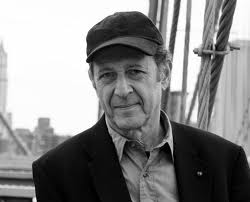
Steve Reich, courtesy of the artist
Composer Steve Reich, age 75, knows secrets of correlating pulsating rhythms and interlocking layers of sycopated melodic patterns which he’s eager to reveal in every work he writes. His musical signature is so unwavering it might veer into self-parody, but for the vigor and commitment of his performers. At Carnegie Hall last night four energized new music ensembles poured enthusiasm, precision and a sense of discovery into four recent Reich pieces, making their Master’s overlays, cycles and cells variously delightful, ominous, rockin’, tense, melodramatic and exotic. Reich writes music that’s both reassuring and subversive, and his 75th birthday concert at Carnegie Hall provided both in delicate yet confident balance.
No disappointment was voiced or evidently felt by the sell-out crowd of modern music aficionados at Carnegie — indeed, the verve of the people onstage, the sonic luster of the concert space — which given Reich’s instrumentation could really be appreciated — and the presence of Reich himself, baseball-hatted at the soundboard throughout the performances and with all the convened musicians in the bows, gave the evening an unmistakably victorious, celebratory air. “Here’s our hero,” seemed to be the tenor of the audience. “He delivers, and it’s good.” Reich, in turn, provided what people wanted, and then some.
